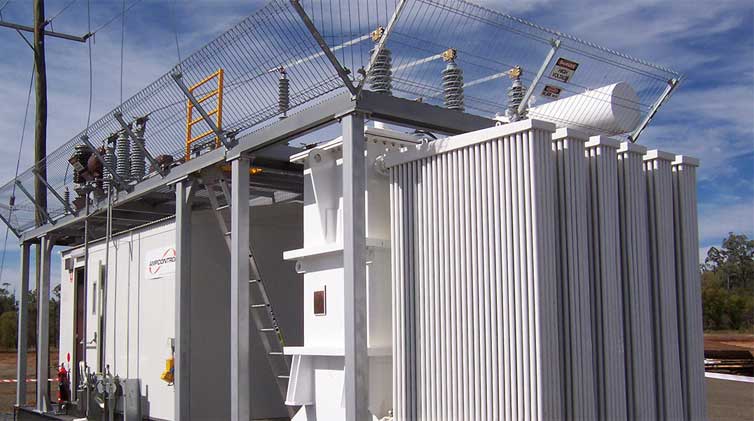The Advantages and Disadvantages Of The Amorphous Alloy Dry Type Transformer
The materials applied to make the winding and clamping devices of the amorphous alloy dry type transformer is basically the same as those used in the common epoxy cast dry-type transformer. However, the materials used to make the iron cores of both transformers are of great difference. The former one has adopted a new high-tech product called the amorphous alloy.
The amorphous alloy is a thin magnetic material with a thickness of only about 0.03mm. It is made by using the ultra-fast cooling technology to cast the alloy material with a certain proportion into ribbon chips through the cooling float bowl. Compared with the cold-rolled silicon steel sheet, the amorphous alloy material has five advantages but also has five disadvantages, which bring many difficulties to the design and manufacture of all types of distribution transformers.
Five advantages:
(1) Isotropic soft magnetic materials;
(2) Low loss, about 30% of that of the silicon steel sheet;
(3) High electrical resistivity, about 3 times of that of the silicon steel sheet;
(4) Convenient subsequent processing (subsequent processing can get the required magnetism);
(5) The manufacturing process is environmentally friendly.
Five disadvantages:
(1) It is very thin. The surface of the material is not ideally smooth, and the filling coefficient of the iron core is about 0.86;
(2) Its hardness is much higher than that of the silicon steel sheet, which brings inconvenience to cutting and processing;
(3) It must receive annealing treatment;
(4) The material is fragile after annealing;
(5) Mechanical stress has a great influence on its performance.
Jump to Content Sections
Leave a Message
You May Also Like
 English
English  français
français  Español
Español  русский
русский  العربية
العربية  tiếng việt
tiếng việt  Malay
Malay  Indonesia
Indonesia  বাঙালি
বাঙালি 

